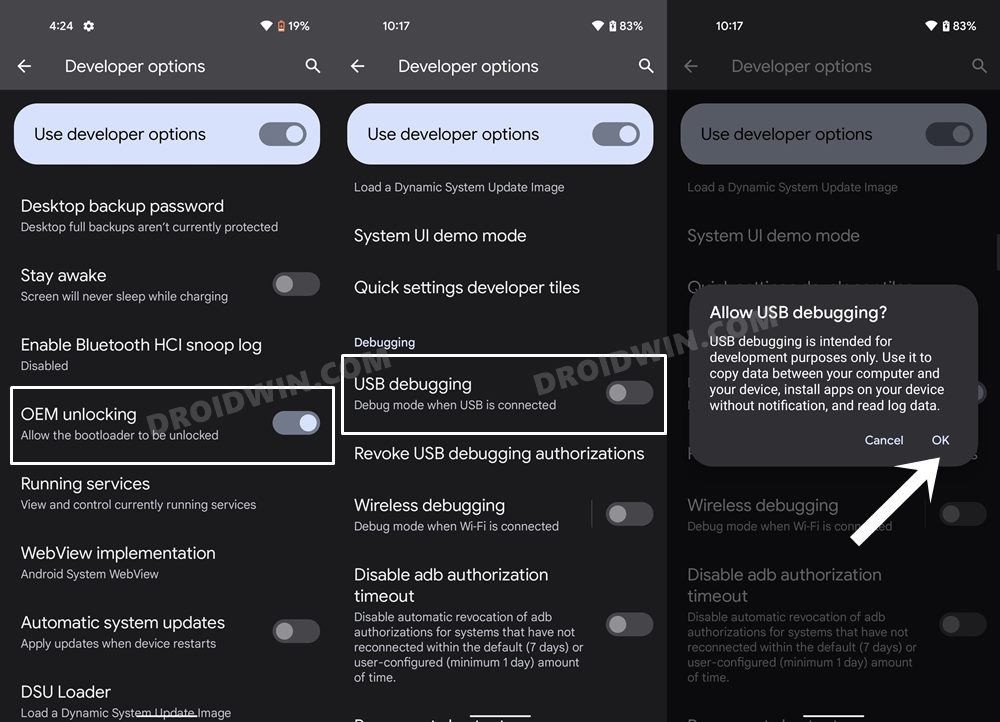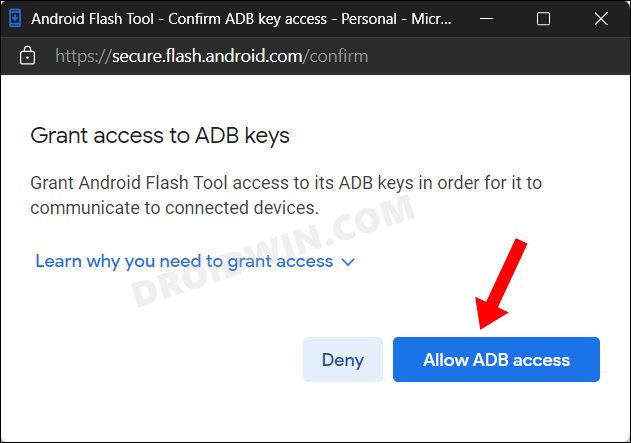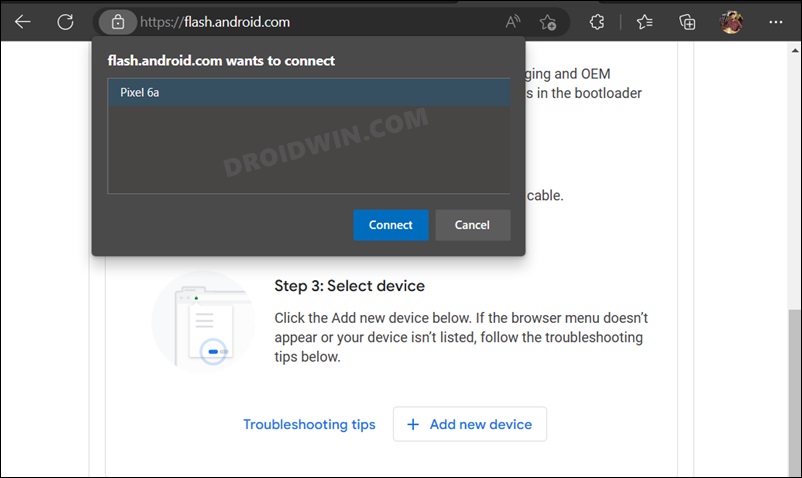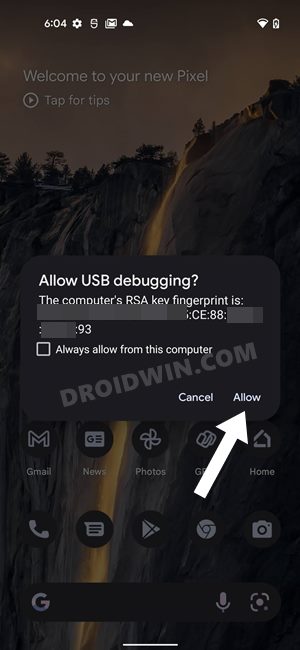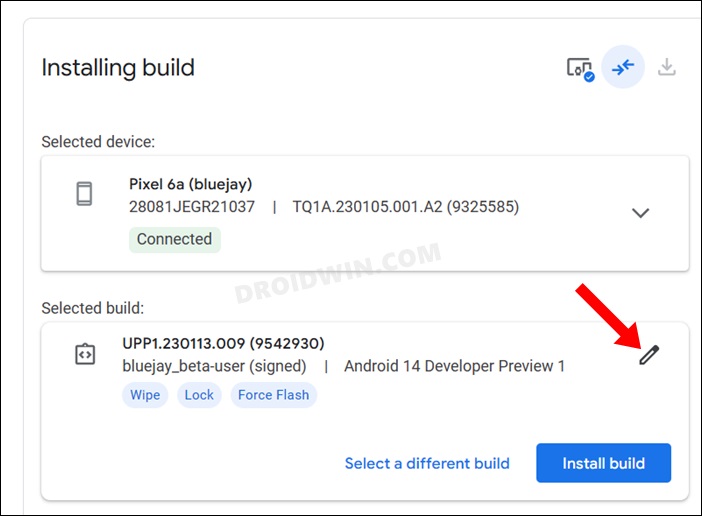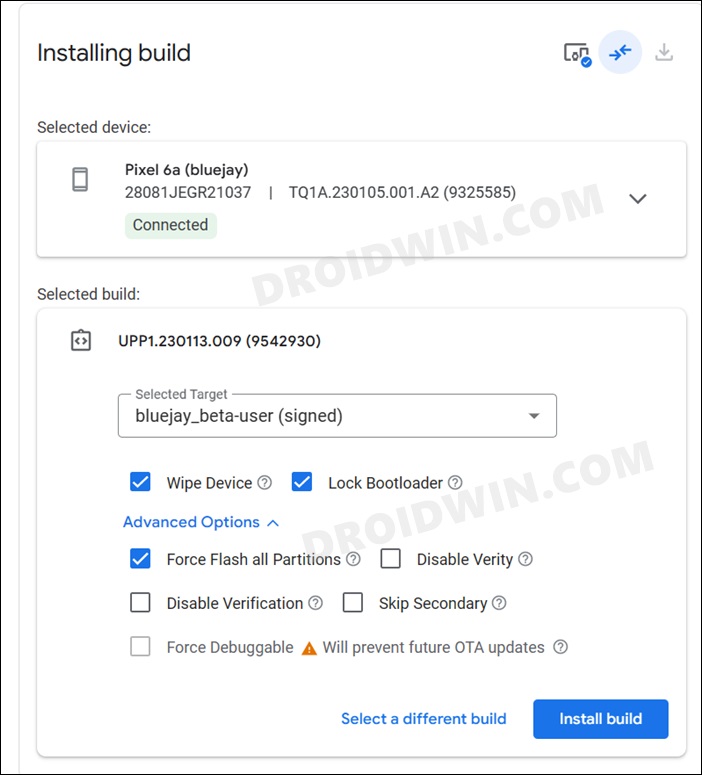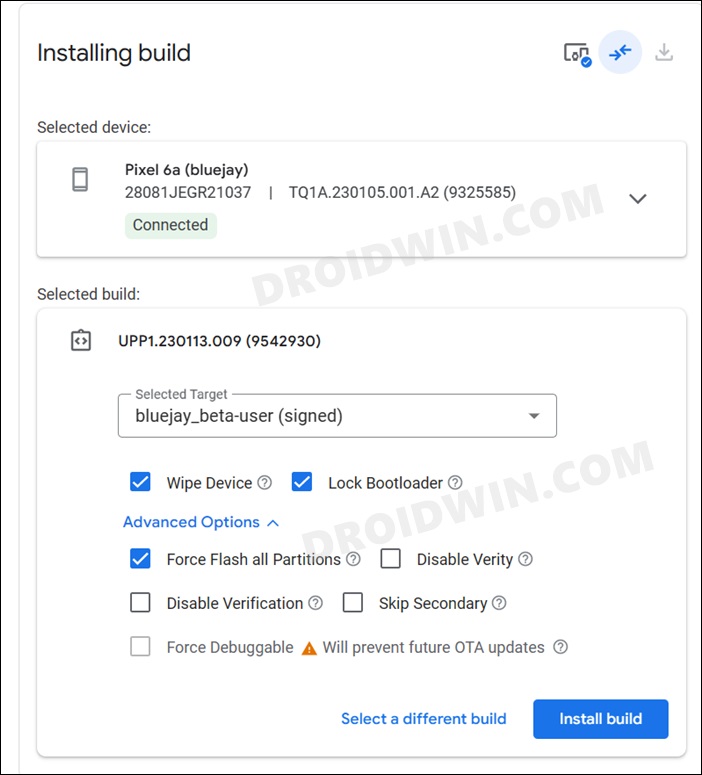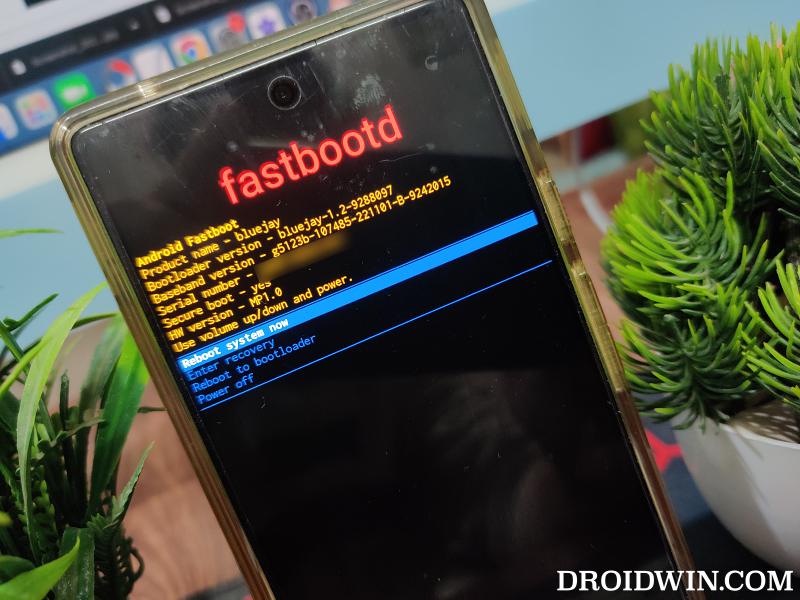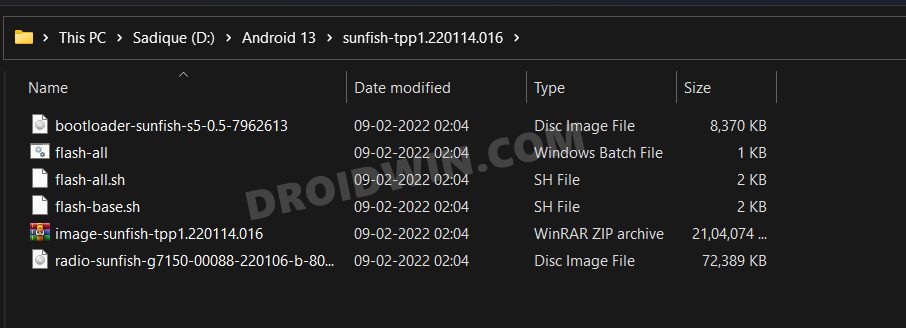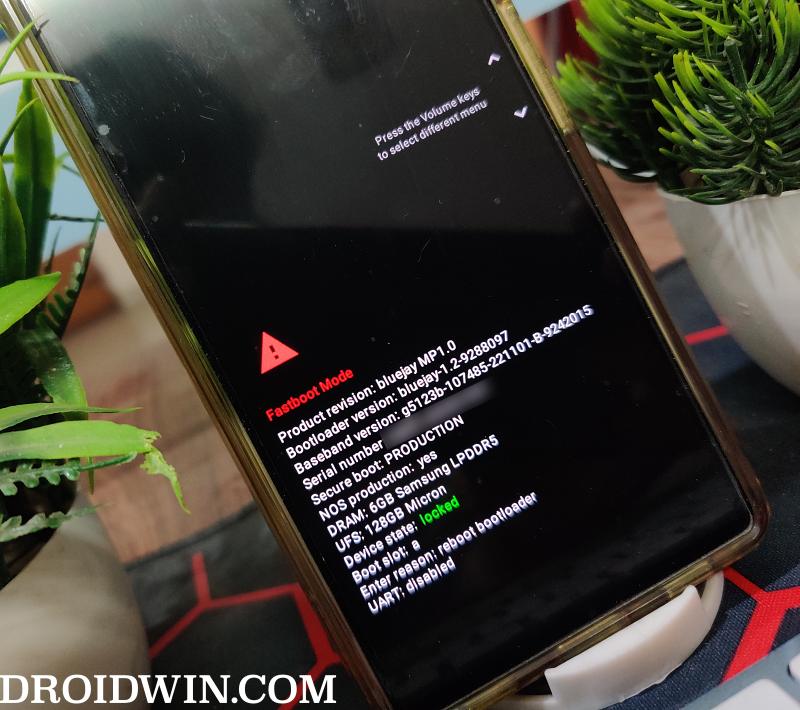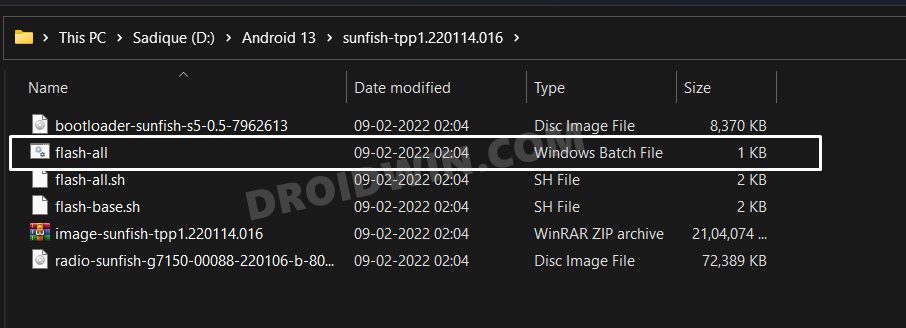However, at the time of writing, it is in the Developer Preview phase and will stay there for a couple of months. After this, it will move over to the beta stage for a few months, and by the third quarter of this year, the stable rollout will start. Since the developer preview and beta builds are usually accompanied by a few bugs and issues, hence using the device with performance issues for such a long time frame might not be the best suitable option. Likewise, there could be a few apps that would not be compatible with the fourteenth iteration of the OS, until it reaches the stable stage. So to address all these concerns your best bet is to downgrade your device to Android 13 once you are done using the Android 14 build. And in this guide, we will show you two different methods through which this could be carried out. Follow along.
The Prerequisites to Downgrade Pixel from Android 14 to Android 13
The below process will wipe off all the data from your device, so take a complete device backup beforehand. Droidwin and its members wouldn’t be held responsible in case of a thermonuclear war, your alarm doesn’t wake you up, or if anything happens to your device and data by performing the below steps.
STEP 1: Install Android SDK
First and foremost, you will have to install the Android SDK Platform Tools on your PC. This is the official ADB and Fastboot binary provided by Google and is the only recommended one. So download it and then extract it to any convenient location on your PC. Doing so will give you the platform tools folder, which will be used in this guide.
STEP 2: Enable USB Debugging and OEM Unlocking
Next up, you will have to enable USB Debugging and OEM Unlocking on your device. The former will make your device recognizable by the PC in ADB mode. This will then allow you to boot your device to Fastboot Mode. On the other hand, OEM Unlocking is required to carry out the bootloader unlocking process.
So head over to Settings > About Phone > Tap on Build Number 7 times > Go back to Settings > System > Advanced > Developer Options > Enable USB Debugging and OEM Unlocking.
STEP 3: Unlock Bootloader
Next up, you will also have to unlock the device’s bootloader. If you had performed the update via Flash Tool or Fastboot, then the bootloader would already be unlocked. However, if you had performed the upgrade via ADB sideload, then would you need to carry out this task. Do keep in mind that doing so will wipe off all the data from your device and could nullify its warranty as well. So if that’s all well and good, then please refer to our detailed guide on How to Unlock the Bootloader on any Android Device.
Downgrade Android 14 to Android 13 via Android Flash Tool
Downgrade Android 14 to Android 13 via Fastboot
So with this, we round off the guide on how you could downgrade your Pixel device from Android 14 to Android 13. We have listed two different methods for the same. If you have any queries concerning the aforementioned steps, do let us know in the comments. We will get back to you with a solution at the earliest.
About Chief Editor

